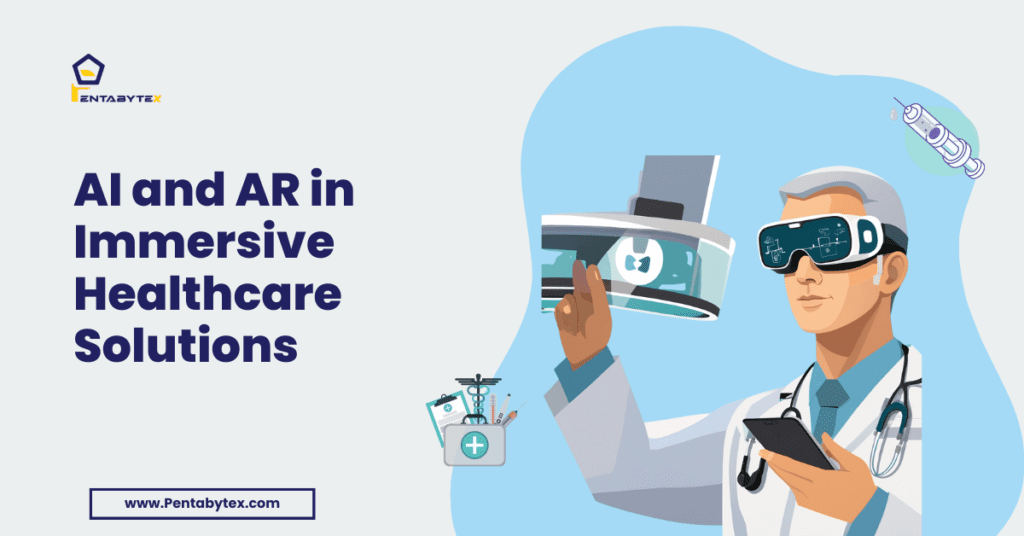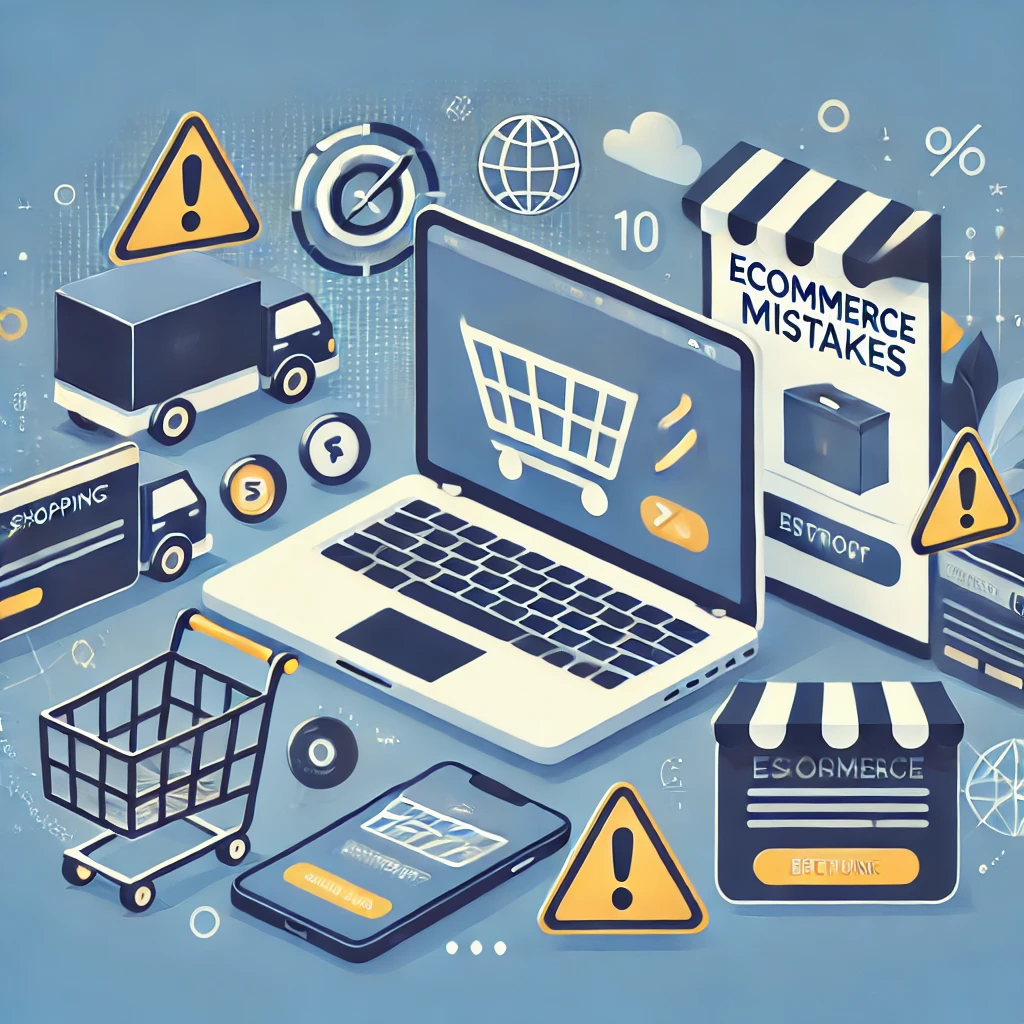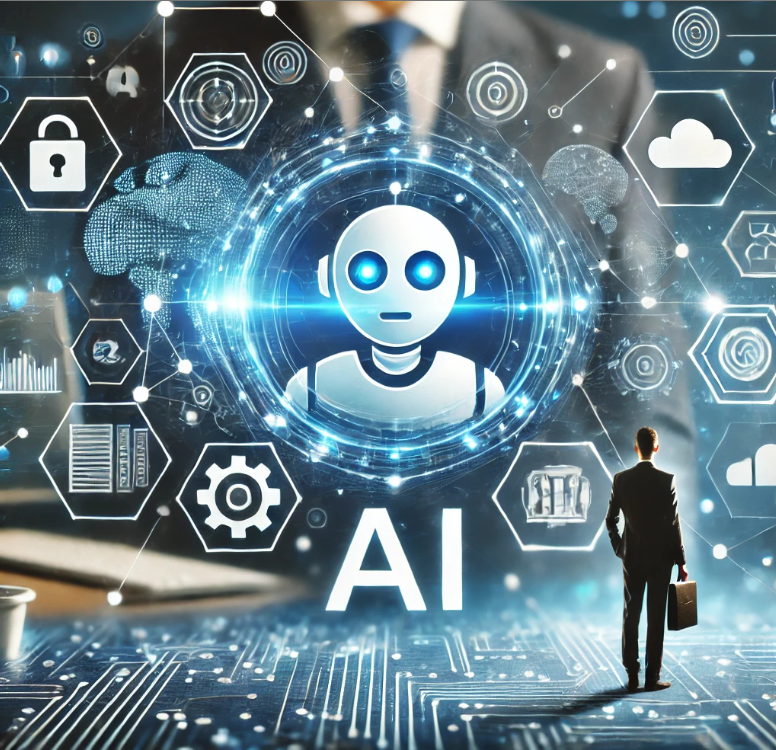And how long does work take you in these modern days when it is done on computers? The same can be said about two technologies that redefine the ways people perceive their personal, professional, and social environments, namely artificial intelligence (AI) and augmented reality (AR).
All these innovations have already been incorporated in various fields with high levels of success. However, when combined, it creates a very strong synergy that enhances the customer experience and, in fact, business operations.
Reading this guide, one will learn how these technologies work get a sense of the fields they can be used in, and learn about some great innovations that define tomorrow’s world.
Understanding the Basic Technologies: AI and AR
Artificial intelligence (AI)
Computer systems simulate human intelligence, referred to as artificial intelligence (AI). Solving problems, learning, decision-making, and understanding natural languages have traditionally required human intelligence. However, AI now enables machines to perform these functions.
Many contemporary applications rely on machine learning or deep learning, both forms of artificial intelligence. Voice assistants like Siri and Alexa use these technologies, while Netflix’s recommendation algorithm is another example of AI at work.
You can read more about AI in the MIT Technology Review.
Augmented reality (AR)
Augmented reality is a technology that overlays digital information in the world, creating an additional layer that enhances what we can perceive through our senses.
This contrasts with virtual reality (VR), which envelops you in worlds of complete artificiality. AR does something far more profound and effective; it gives the user a balance of virtual and physical objects that actively interface during the user’s prior experience.
For example, augmented reality includes popular applications like Snapchat filters and more complex uses in fields like medicine, where digital data overlays real images. Learn more about AR from Harvard Business Review.
The use of both AI and AR results in unimaginable opportunities, resulting in intuitive and engaging experiences that blur the lines between real life and virtual life.
How AI and AR work together to create immersive Experiences
The collaboration between AI and AR has transformed different sectors by giving out more customizable, engaging, and advanced interactions.
Here are some ways that both AI and AR are united to break boundaries in creativity:
1. Personalized retail experiences
In the retail industry, both AI and AR are already in the process of redefining everything by providing highly personalized and engaging experiences.
AI can analyze the data of the customer, their choices, and usage patterns, and recommend new products accordingly. AR allows customers to see how products will look and fit in their homes before making a purchase decision.
For example, furniture businesses like IKEA have developed AR apps that allow customers to visualize how furniture will look in their homes. Additionally, algorithms suggest related products based on customers’ preferences and past purchases.
Using such AI, insights, and augmented reality visualization can help customers make correct decisions and avoid wrong purchases. Hence improving the customer satisfaction ratio.
Discover more about AI’s role in e-commerce.
2. Enhanced Training and Education
Advancements in AI and AR allow students to learn in contexts that are relevant to their specific needs. Responsive content enhances programs by tailoring learning to a learner’s needs and abilities, ensuring dynamic and continuous improvement.
For example, AR allows a medical student to perform virtual surgery and get feedback at the same time from intelligent systems. This implies they can gain new skills safely, meeting and achieving their interests and learning goals without exposing themselves to danger.
Explore more about AI’s applications in various fields.
3. AI-Powered Chatbots in AR Environments
AI chatbots are now widely used in customer service and offer quick help and tailored dialogue. When incorporated into AR settings, these chatbots provide a much deeper experience.
By using an AR interface, users can communicate with AI-driven virtual assistants who provide them with responses that fit their needs, while answering any questions they may have.
This technology is valuable in customer-facing sectors like retail or hospitality, where AI-powered AR helps navigate products, respond to inquiries, and personalized recommendations.
4. Immersive Healthcare Solutions

The confluence of artificial intelligence (AI) and augmented reality (AR) technology is revolutionizing the field of healthcare in several ways.
AI algorithms that sift through volumes of medical information across different regions identify patterns and make risk predictions for lifelong health problems. AR helps doctors and patients visualize better.
For example, surgeons use AR to provide real-time insights while they perform surgeries by overlaying important information on the body part being worked on.
Additionally, AI recognizes this same data during operations to offer recommendations based on comparable situations.
Therefore, by using both AI and AR systems, quality improvement in caregiving services is realized with reduced recovery time frames and diminished chances of complications occurring after surgery.
You can learn more about AI in healthcare from Pentabytex or explore how AR is transforming healthcare through Orient Software.
5. Transforming the Gaming and Entertainment Industries
AI and AR technologies are utilized earliest in the gaming and entertainment industries. Games have already become more interesting with AI-driven characters that learn and adapt to players’ actions.
Integrating AR into gaming lets players interact with both digital characters and real-world objects, making the experience more immersive.
For example, using AI Pokémon Go employs a location-based dynamic gaming experience and the possibility of catching virtual items like monsters in reality.
This blend of AI and AR allows for a very intimate and interactive gaming encounter that holds onto players for much longer periods.
The Growth of AI and AR in Business Applications
AI and AR work together to improve user experiences as well as facilitate business operations in different sectors. Below are the ways AI and AR promote growth and innovation in the business sector:
1. AI and AR in Smart Workspaces
With remote work increasingly gaining acceptance, AI and AR have come together to create collaborative and smarter workspaces. AI analyzes workflow patterns to suggest optimizations, while AR creates virtual meeting rooms for team members to interact as if together.
This is especially useful for industries that require collaboration among personnel located at various sites, such as architecture, engineering, or design.
For these firms, data analysis through AR helps to visualize their projects, and AI use improves team management, leading to increased productivity.
2. Customer Service Transformation
Instant, personalized assistance is now possible because chatbots are driven by AI. These chatbots can offer more interactive and engaging experiences when integrated into AR platforms.
For example, a retail environment can use an AI chatbot found in an AR app to lead customers around the store, offer product suggestions, and perform virtual try-ons on their behalf.
Consequently, this not only delights customers but also allows human staff to concentrate on more complicated responsibilities, thereby increasing productivity.
Read more on AI-driven customer service in Salesforce.
3. Predictive Maintenance in Manufacturing
In manufacturing, AI and AR are applied to anticipate the failure of equipment and schedule maintenance accordingly.
AI algorithms examine sensor data from various devices for symptoms of any malfunction, whereas AR will assist technicians with guidance on how to fix things in real-time.
The proactive maintenance approach eliminates the downtime spent in production, increases the life cycle of machines, and enhances safety. Thereby minimizing costs incurred by manufacturers.
Discover the Potential of AI Reinforcement Learning.
The Future of AI and AR: What is Next?
AI and AR are still in their early phases, but they hold a lot of promise for us. More complex uses of AR continue to lend themselves to increased sophistication in machine learning algorithms.
One day, these applications might become part of our lives, with personalized ads adapting to our preferences and interactive houses adjusting to our moods.
Conclusion
The artificial brain and real augmenting are not just fads; they have become potent devices that transform whole industries, enrich enjoyment for users, and stimulate commercial development.
Understanding and using AI encourages companies to make remarkable changes to their products that align with today’s lifestyles. This trajectory reveals a bright future up ahead for both machine intelligence and its merging with reality and opportunities.







